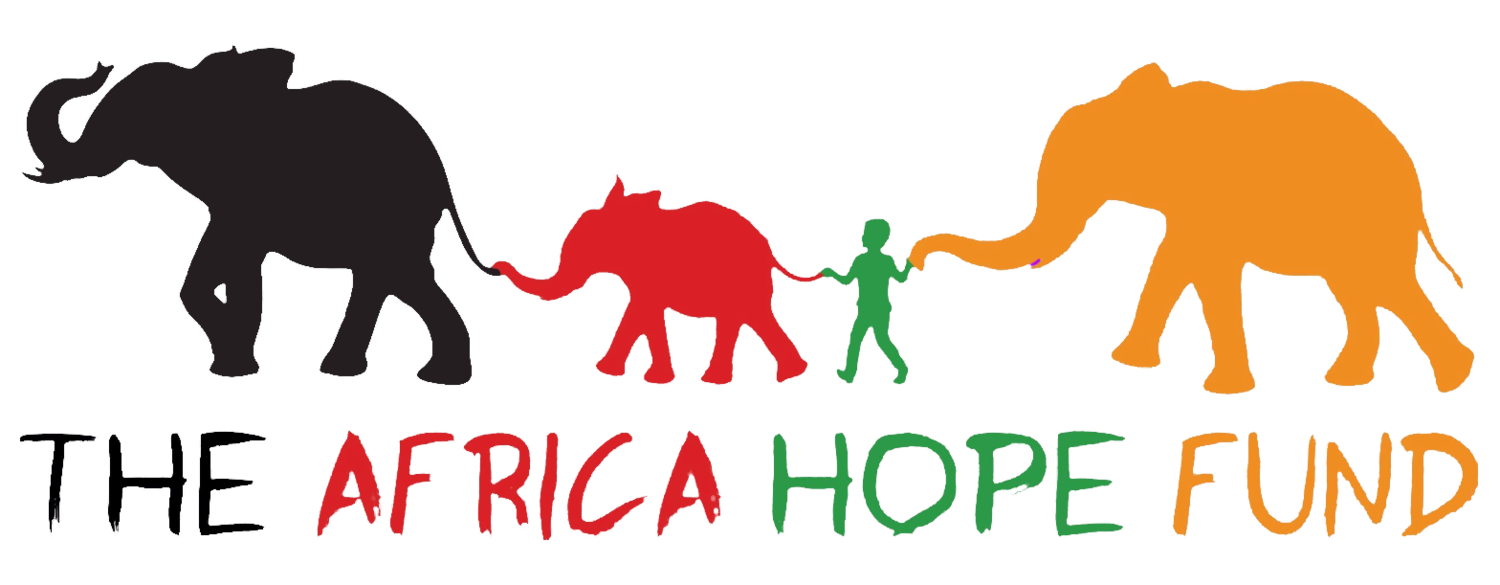TUSKS AND TERRORISM – PART I
Many ivory traders are terrorists. Money from buying and selling poached ivory finances their campaigns of terror and destruction. Between 2012 and 2014, about 60,000 elephants and more than 1,600 rhinos were slaughtered by poachers according to the Wildlife Conservation Society, the International Union for Conservation of Nature, and other organizations who work to protect endangered species.
Militias and terrorist groups funded in part by ivory are poaching elephants, often outside their home countries, and even hiding inside national parks. They’re looting communities, enslaving people, and killing park rangers who get in their way. About a thousand park rangers died in the past decade in their work to protect these animals.
Illegal wildlife trade generates an estimated $19 billion each year. This is more than the illicit trafficking of small weapons, diamonds, gold, or oil. A rhino horn is worth more than $50,000 per kilogram on the black market and worth more than gold or platinum.
Terrorists either slaughter animals themselves, sometimes using automatic weapons to take down an entire herd, or they pay poor villagers a few hundred dollars to risk their lives killing endangered animals and carrying the ivory to meeting places where it will continue on to Asia.
The former director of the Kenyan Wildlife Service and the U.N. Secretary General have drawn similar links between elephant and rhino poaching and al-Qaeda and the Joseph Kony and his Lord’s Resistance Army. An Elephant Action League investigation in Kenya revealed that illegal ivory funds as much as 40 percent of the operations of an al-Queda affiliate, al-Shabab, the group behind the November attack at a Nairobi shopping mall.
Joseph Kony’s Lord’s Resistance Army (Kony is a former Roman Catholic altar boy whose stated mission is to overthrow the Ugandan government on behalf of the Acholi people of northern Uganda, and to rule the country according to his version of the Ten Commandments.) is active in central Africa.
Written by Patricia Cole
An Africa Hope Fund board member for 7 years, Pat is a writer and a conservation activist. After traveling to Zambia, she became dedicated to helping Africa Hope Fund provide education to the next generation of Africans and ensure their future by protecting wildlife. Find Patricia on Facebook and Twitter, or on her websites www.writepatwrite.com and www.patmcole.com.

